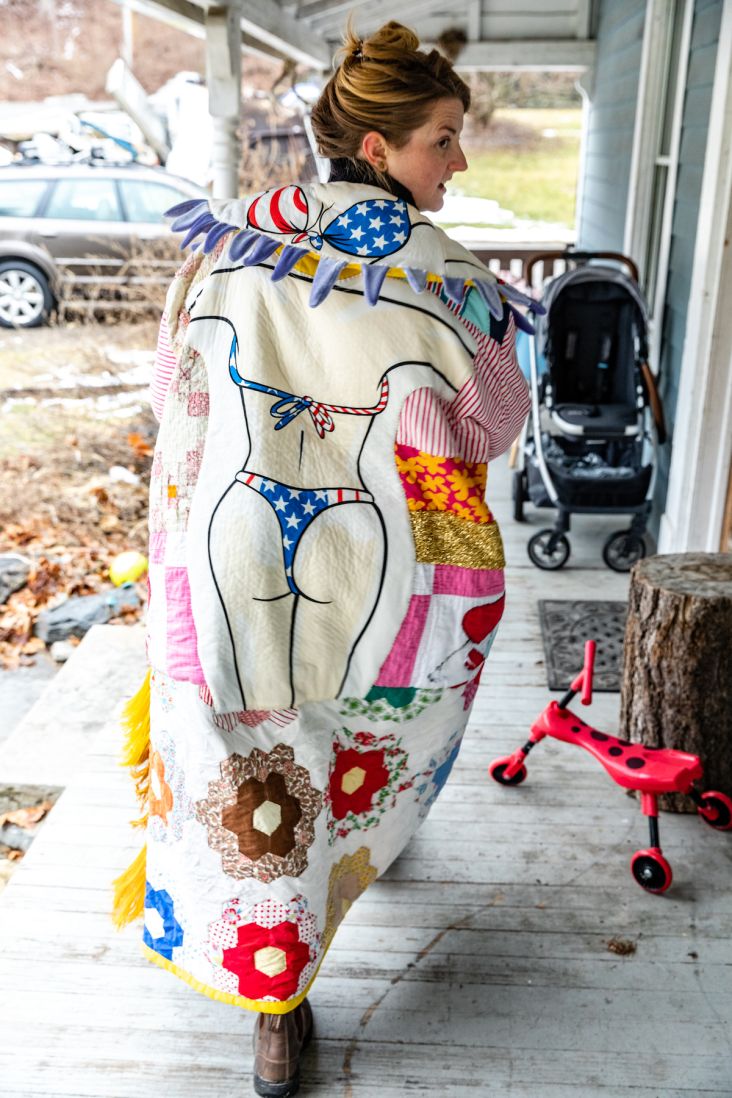Greenspace rebrands London's The Old War Office as hospitality destination The OWO
Greenspace has created new branding for The Old War Office, reimagining the iconic historical site as the hospitality destination, The OWO. The Grade II* listed building has undergone a monumental transformation over the last five years, with Greenspace working with The OWO since 2017 across brand strategy, name and identity designs used across all touchpoints, including signage, marketing materials, digital platforms and more.
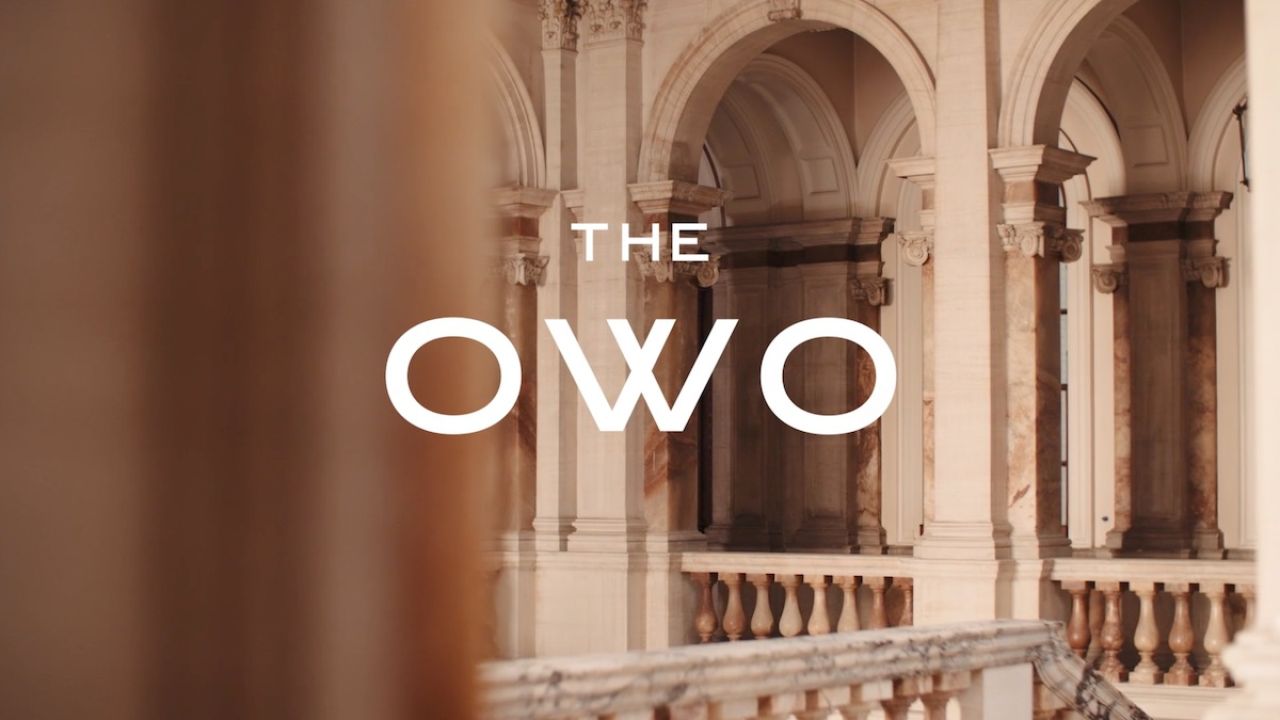
Designed by British architect William Young, The Old War Office was originally completed in 1906 is situated on Whitehall in central London, and its grand architecture has seen the building used as a location in five Bond films and, more recently, The Crown drama series.
Once the site of the original Palace of Whitehall, home to Henry VIII and other monarchs, the building was John Profumo's base when he was Secretary of State and inspired Ian Fleming to write the James Bond series after working for Britain's Naval Intelligence Service. T E Lawrence, better known as Lawrence of Arabia, worked in the map department.
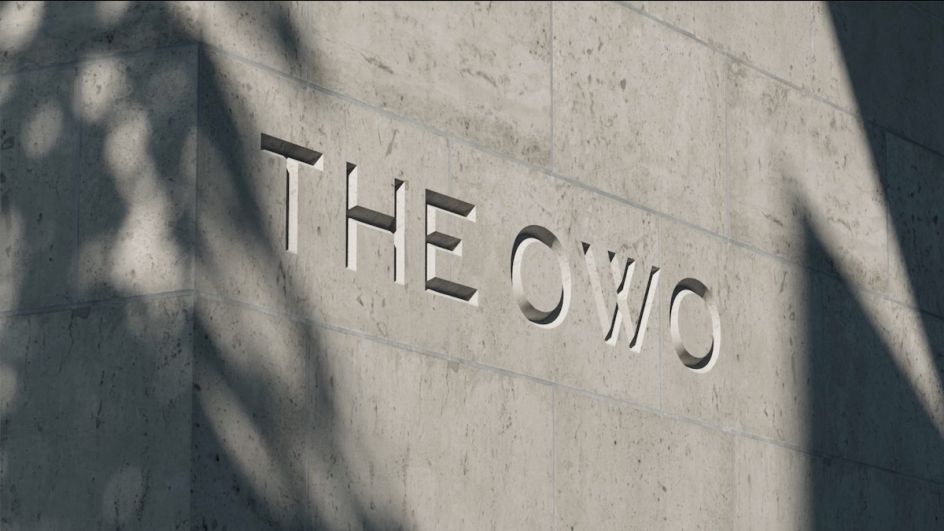
The OWO, which will open in late 2022, will now house the capital's first Raffles hotel, Raffles London at The OWO, comprising 125 rooms and suites; nine restaurants and bars; a spa and 85 private residences.
The Hinduja Group is at the helm of the project, which has worked with a team of experts, including Historic England and Museum of London Archaeology, and appointed EPR Architects to oversee the redevelopment. The hotel interiors are being designed by New York-based designer Thierry Despont.
Greenspace's designs aim to reference the building's legacy and pay respect to the building's past. "It seems obvious to us now, but there was a period at the start of the project when the words, 'old', 'war' and 'office' were not felt to convey the desired sense of luxury nor hospitality," says Greenspace founder Adrian Caddy. "Nevertheless, the building could never comfortably fit a different name whilst remaining true to its roots."
The OWO name was found in The National Archives as an acronym that was used by typists in the past. The Greenspace team visited The National Archives in Kew when searching for the name and was taken with OWO thanks to its balanced, palindromic form.
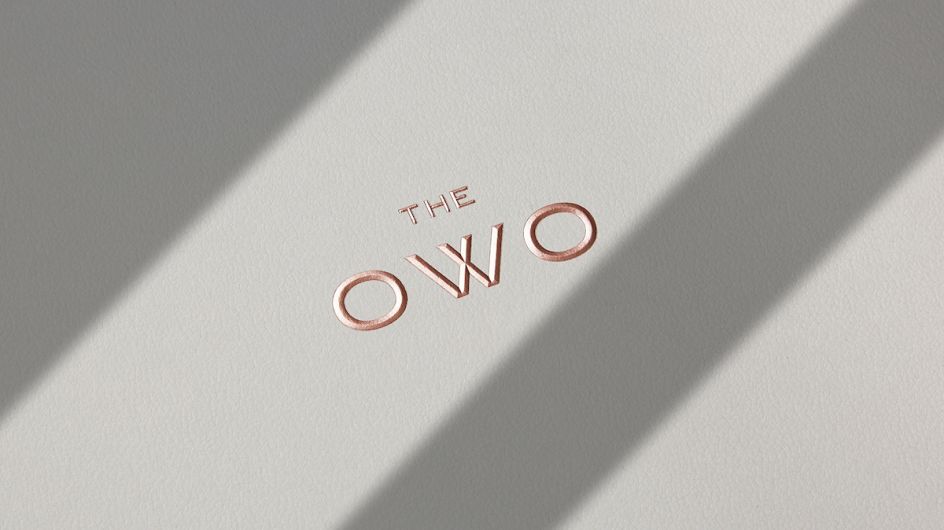
Greenspace created a bespoke typeface in collaboration with Colophon Foundry, named 1906, to reference the year the building first opened. The font is based on the designs of numerous early 20th century period Grotesque typefaces by British type foundries such as Stevenson Blake of Sheffield.
"We felt it was appropriate that the logotype should be understated and rooted in the heritage of the building itself," says Lee Deverill, Greenspace creative director says. "We concluded that to make an old typeface work in today's digital realm and to create an asset that would be of lasting value to The OWO; we should recommend the design of a bespoke typeface."
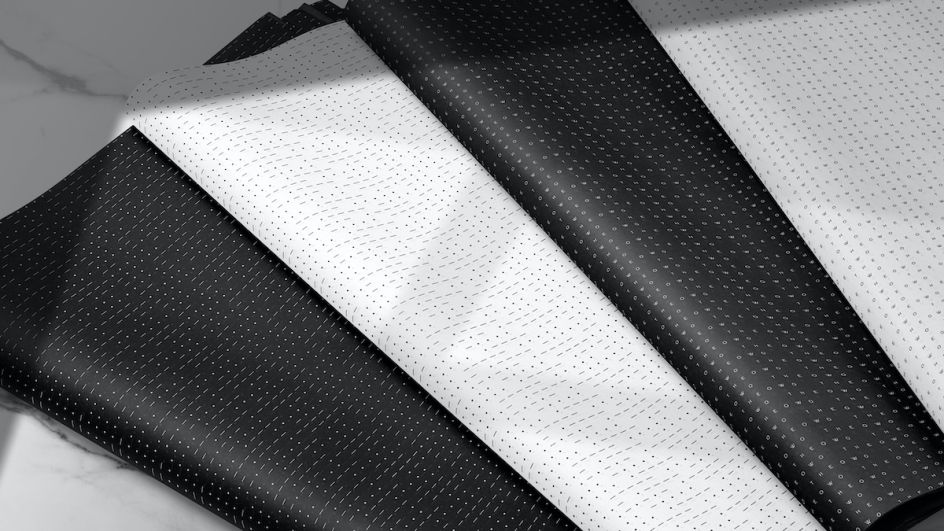
The typeface family is used across all applications, including physical signage, printed publications, websites and social media.
A system of typographic patterns are used to frame The OWO brand identity and was designed to "echo some of the sensitive work carried out within its walls including morse code denoting the geographical coordinates of The OWO," the agency explains.
The colour palette was chosen to reflect the building itself, drawing on its Portland stone, the Alabaster marble of the grand staircase and the black and white mosaics in its hallways and private residences.
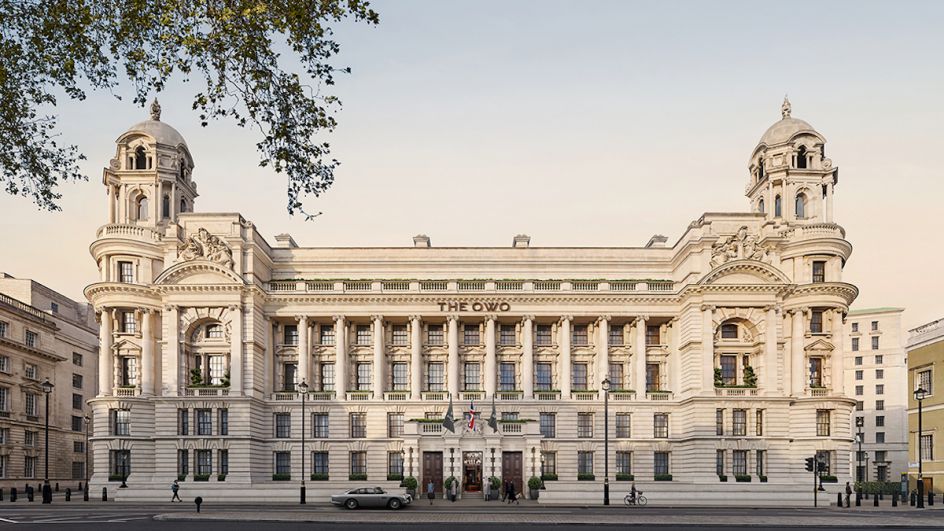




 by Tüpokompanii](https://www.creativeboom.com/upload/articles/58/58684538770fb5b428dc1882f7a732f153500153_732.jpg)


 using <a href="https://www.ohnotype.co/fonts/obviously" target="_blank">Obviously</a> by Oh No Type Co., Art Director, Brand & Creative—Spotify](https://www.creativeboom.com/upload/articles/6e/6ed31eddc26fa563f213fc76d6993dab9231ffe4_732.jpg)














